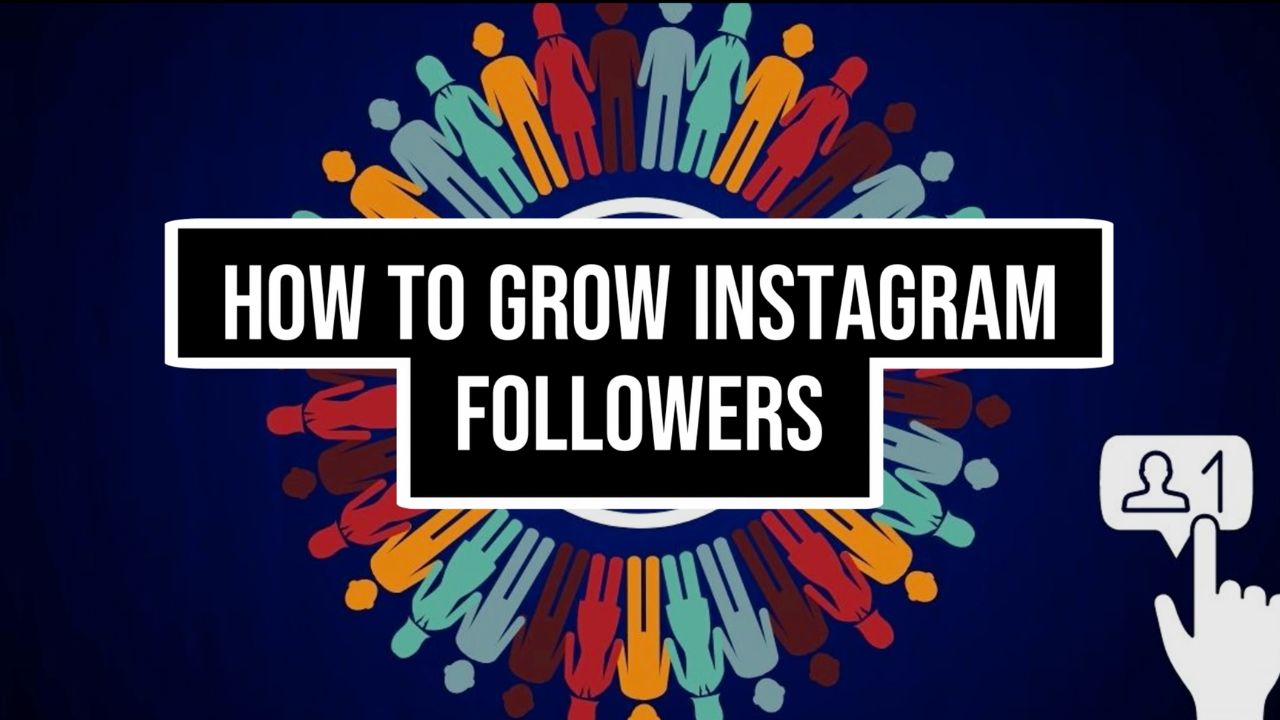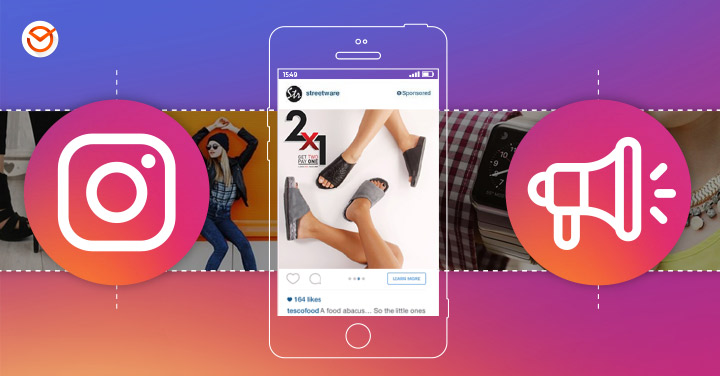Instagram: The Visual Platform That Redefined Social Media

Introduction
Instagram, launched in 2010 by Kevin Systrom and Mike Krieger, has become one of the most popular social media platforms in the world. Originally conceived as a photo-sharing app, Instagram has evolved into a multifunctional social media giant with over 2 billion monthly active users. Known for its visually appealing interface, Instagram has influenced not only how people share moments from their lives but also how brands market themselves, how trends emerge, and how people consume media.
The Birth of Instagram
Instagram began as a simple mobile app focused on making photo-sharing easier and more beautiful. Its key feature was the ability to apply filters to photos, allowing users to create polished images with minimal effort. This aesthetic appeal, combined with its mobile-first design, made Instagram stand out from other social platforms at the time.
In 2012, Facebook acquired Instagram for approximately $1 billion, a move that many saw as a strategic step to capture younger users and compete with emerging platforms. Under Facebook’s ownership, Instagram saw rapid growth and constant innovation, adding features like Stories, IGTV, Reels, and integrated e-commerce tools.
The Rise of Visual Storytelling
Instagram revolutionized social media by focusing on visual content. In a digital age where people consume information quickly, Instagram’s focus on images and videos made it an ideal platform for users to share snapshots of their lives in an easily digestible format.
From travel bloggers to fashion influencers, Instagram became a hub for content creators who wanted to build personal brands through high-quality, curated visuals. As a result, the platform gave rise to the concept of “influencers,” individuals who amass large followings and can shape trends, opinions, and consumer behavior. Brands quickly recognized the marketing potential and started collaborating with influencers to promote products, giving rise to the influencer economy.
The visual storytelling approach extended to businesses, too. Brands started using Instagram to showcase products, build community, and engage with consumers in more personal, relatable ways. The grid layout of posts, combined with the storytelling format of Instagram Stories, gave companies the tools to create cohesive brand narratives.
Instagram’s Expanding Features
Instagram’s growth can be attributed to its ability to innovate and adapt to changing trends. One of its most influential features was the introduction of Stories in 2016, a move that replicated Snapchat’s disappearing content concept. Instagram Stories allowed users to post photos and videos that vanished after 24 hours, giving the platform a more authentic, spontaneous feel. This feature became immensely popular, with over 500 million people using Stories every day.
In 2018, Instagram launched IGTV, a platform for long-form vertical video content aimed at competing with YouTube. While IGTV didn’t take off as expected, it signaled Instagram’s intention to move beyond static images and short videos into more robust content forms.
The most recent addition, Instagram Reels, came in 2020 as a direct competitor to TikTok. Reels lets users create short, music-driven videos, making Instagram more appealing to a younger audience that had gravitated towards TikTok. By integrating Reels into the main app, Instagram has managed to stay competitive in the ever-evolving social media landscape.
Instagram’s Influence on Culture and Trends
Instagram has become a powerful cultural force, shaping trends in fashion, food, beauty, and travel. The platform has given rise to “Instagrammable” moments, where users curate their lives to fit aesthetically pleasing themes. Restaurants, vacation spots, and even consumer products often design their experiences or packaging to be visually appealing for Instagram.
Fashion trends, for instance, are heavily influenced by influencers and brands showcasing their styles on the platform. Fast fashion companies like Fashion Nova and Boohoo have capitalized on Instagram’s ability to spread trends rapidly. Similarly, the beauty industry has seen influencers shape consumer preferences through makeup tutorials, skincare routines, and product reviews.
Instagram also plays a significant role in promoting social causes. Activists use the platform to raise awareness about issues such as climate change, racial inequality, and body positivity. Hashtags like #BlackLivesMatter and #MeToo gained global attention through Instagram, turning the platform into a tool for social justice and activism.
Challenges and Controversies
Despite its success, Instagram has faced criticism for promoting unrealistic beauty standards and contributing to mental health issues, particularly among younger users. The pressure to present a “perfect” life on Instagram can lead to anxiety, depression, and low self-esteem, as users often compare themselves to the highly curated and filtered images they see.
In response to these concerns, Instagram introduced features such as the option to hide likes on posts, allowing users to focus more on content and less on popularity metrics. However, the debate continues about the platform’s responsibility in shaping societal views on body image, beauty, and success.
Instagram has also faced scrutiny over its handling of misinformation and harmful content. Like other social media platforms, Instagram has had to address the spread of conspiracy theories, fake news, and inappropriate content, implementing stricter content moderation and fact-checking measures in recent years.
The Future of Instagram
Instagram’s future seems promising as it continues to innovate. The platform is increasingly focused on e-commerce, allowing businesses to sell products directly through posts and stories. Features like Instagram Shopping and in-app checkout have turned Instagram into a powerful tool for online retail, allowing users to discover and purchase products without leaving the app.
Additionally, Instagram is investing in augmented reality (AR) and virtual reality (VR) technologies, providing users with interactive experiences like try-on filters for makeup or clothing. As part of Meta, Instagram’s future may also include integration with the metaverse, offering new ways for users to connect and engage in immersive digital environments.
However, Instagram must also balance the challenges of staying relevant to younger audiences while addressing concerns about mental health, privacy, and content moderation.
Conclusion
Instagram has transformed from a simple photo-sharing app into a cultural and commercial powerhouse. It has changed how people interact, how businesses market, and how trends are set. While facing challenges, the platform’s ability to innovate and adapt suggests that Instagram will remain a key player in the social media landscape for years to come. As it continues to evolve, Instagram will shape not only how people share their lives but also how they experience and interact with the digital world.




